Why Tropical Cocktails and Tiki Bars Are Set to Make a Major Comeback
Drinks with evocative names, elaborately layered flavors, and island-hopping blends of rum are a vacation in a glass.
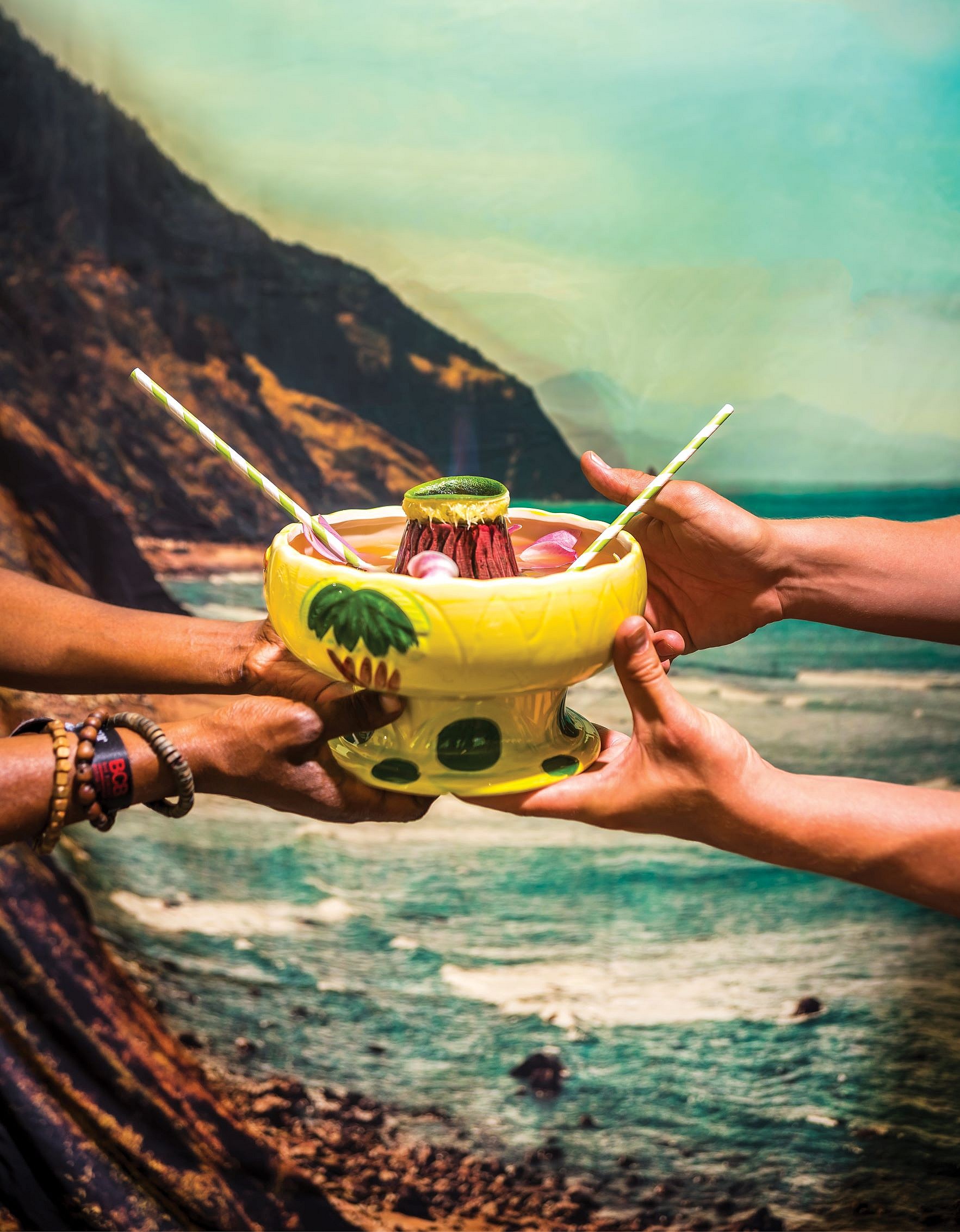
A few months back The Atlantic took note of the fact that tiki bars are, once again, suddenly all the rage. “You can [now] enjoy a fruity tropical drink while surrounded by faux-Polynesian decor in most major cities around the U.S. and elsewhere, with new spots opening every month,” as the literary monthly proclaimed.
The trend has shown no signs of abating, with new tiki spots slated to open everywhere from Austin (Tiki Tatsu-Ya) and Fort Worth (Tarantula Tiki Lounge), to Seattle (Inside Passage), Vancouver (Juju’s Drink Shack), and even Grand Rapids, Michigan (Max’s South Seas Hideaway). All hope to build on the success of celebrated tiki joints such as Smuggler’s Cove in San Francisco and Latitude 29 in New Orleans, which are more popular than ever, offering up drinks in ever more fanciful tiki mugs. Though some openings may have since been delayed, we’re sure it’s only a temporary setback, because tiki is exactly what we need right now.
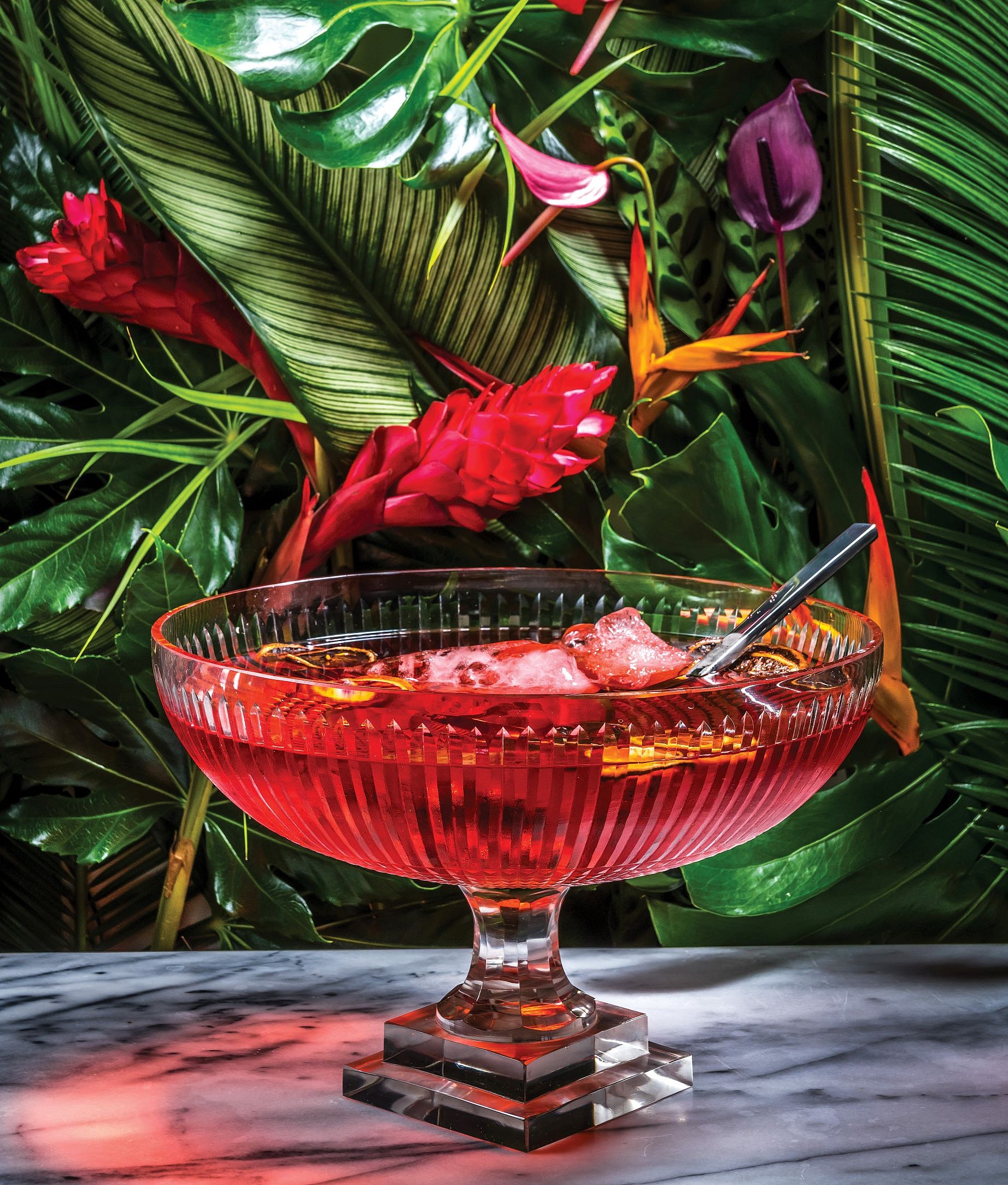
As The Atlantic noted, “the trend is a revival of a nearly century-old American tradition” which dates back to the 1930s when the original tiki bar, Don the Beachcomber, opened in Los Angeles, and which was “usually filled with a who’s who of Hollywood,” including Howard Hughes, Cary Grant and Clark Gable.
The soon-to-be-iconic bar served its first tropical drink in December of 1933, the month Prohibition was finally repealed, and took advantage of both the ready availability of rum from Cuba—American distillers were obviously not in operation—and its affordability, while the decor was literally straight off a Hollywood film set meant to evoke the South Pacific or some other exotic locale.
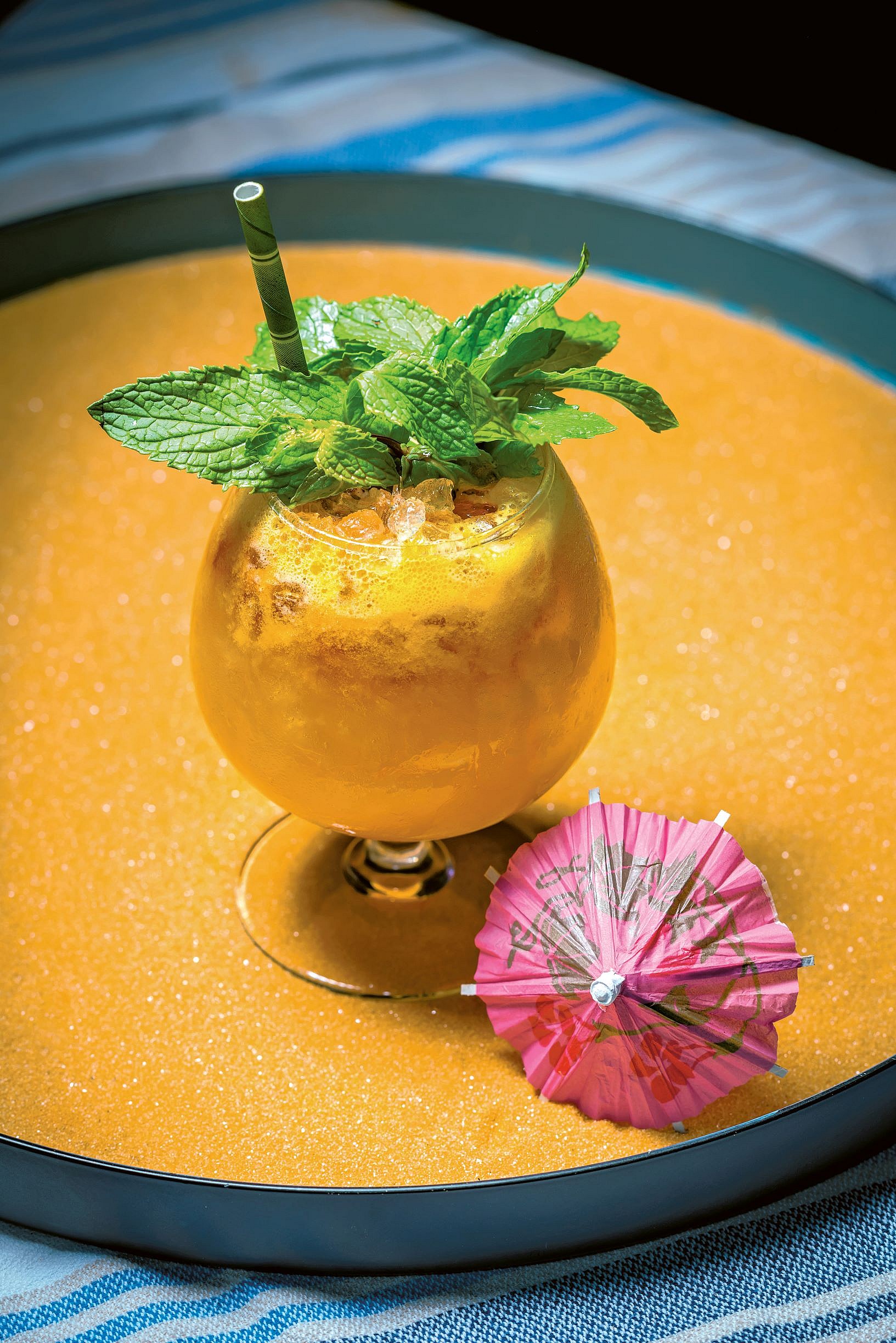
The drinks “blended multiple versions of rum, as well as multiple citrus juices, sweeteners, and spices, in complicated recipes that took their inspiration from traditional Caribbean punch recipes but added layers of flavor and nuance,” as Jeff “Beachbum” Berry, owner of Latitude 29, explained to foodie site Gastropod, noting that “nobody ever had drinks like this before. Nobody ever made drinks like this before.” By 1934 when the first outpost of the legendary Trader Vic’s opened in Oakland—the brand is still going strong with 19 locations worldwide—tiki was well established as a new and growing genre.
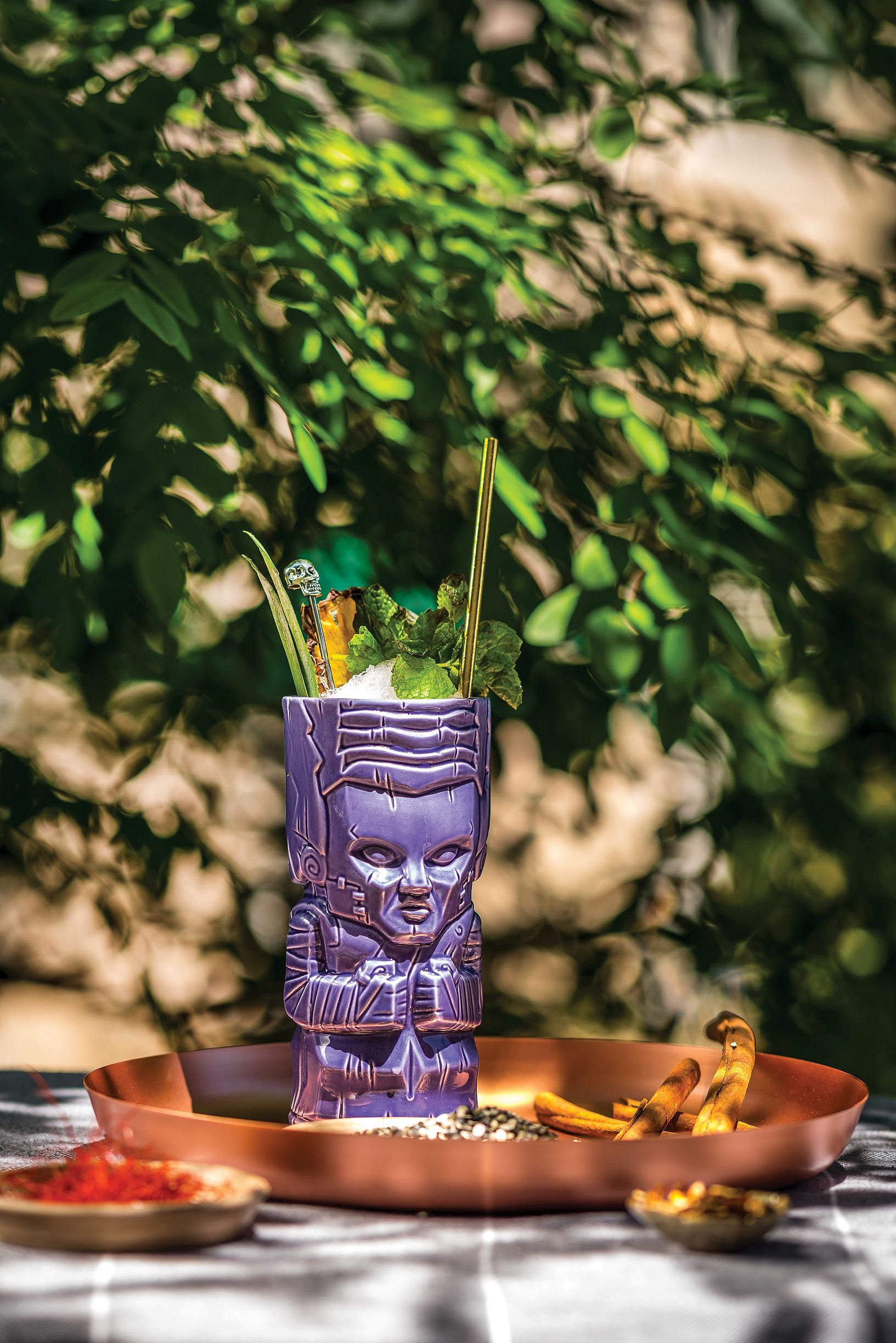
At the heart of the “aesthetic fad” that gave rise to the tiki movement “were some of the most unique and interesting cocktails ever crafted,” note Smuggler’s Cove owners Martin and Rebecca Cate in Smuggler’s Cove: Exotic Cocktails, Rum and the Culture of Tiki from Ten Speed Press, one of the best tiki books ever published. “The exotic rum libations that fueled this engine of madness are now deemed worthy to sit alongside the punches, highballs, sours, flips, and juleps in the pantheon of American cocktails.”
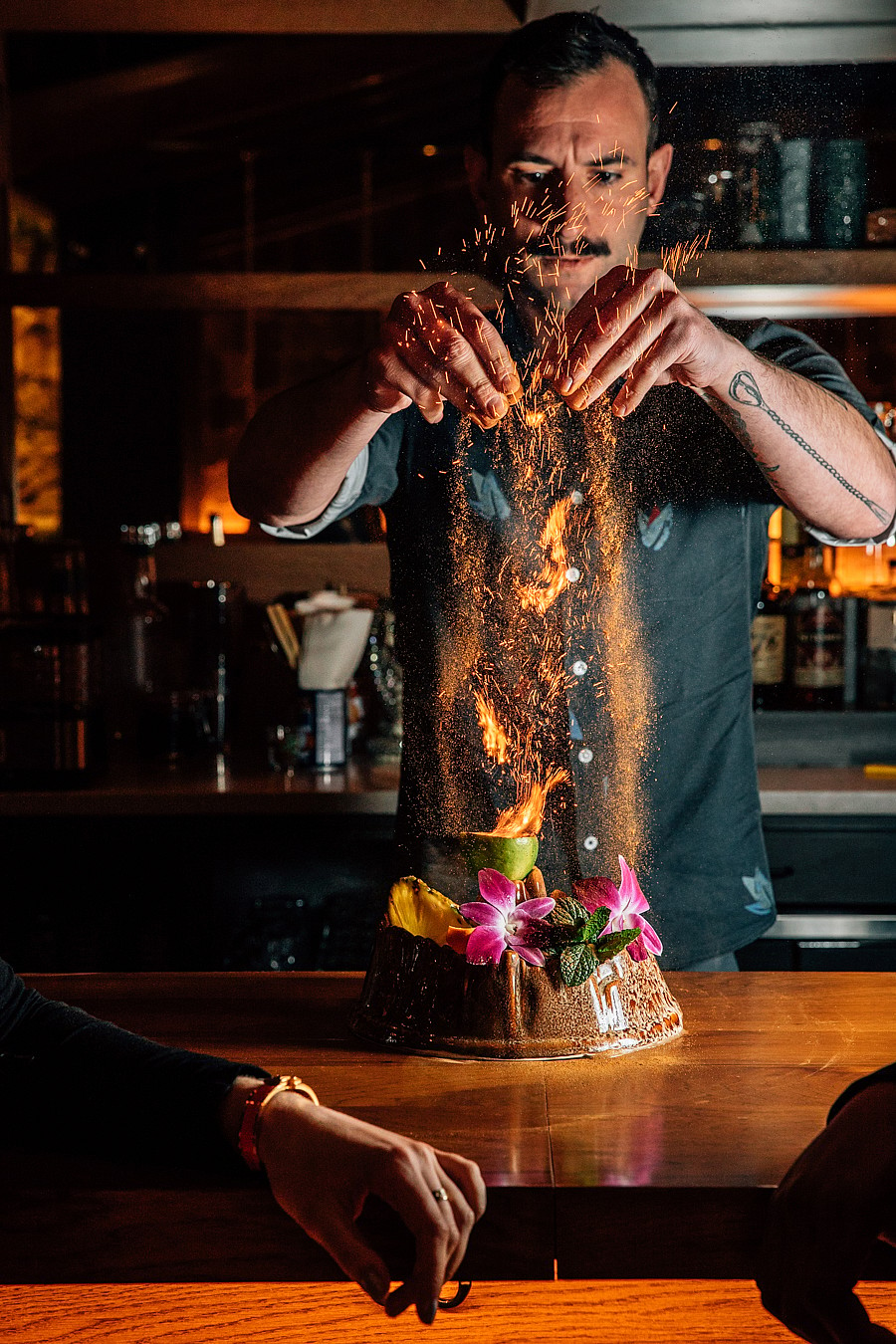
However, they “were more than just excellent and refreshing drinks. They brought a sense of adventure and escapism, promising a journey far from the mundane. Exotic cocktails, with their evocative names, elaborately layered flavors, and island-hopping blends of rum, were a vacation in a glass”—which couldn’t be more relevant to our current predicament. “Before color television and the internet, before cruise ships were commonplace, and before Hawaii was a state, the journey to a far-off land began with just one sip.”
These days, “I think tiki is rapidly evolving,” Ryan Lotz, owner of one of the new tiki revival’s most appealing establishments, Shore Leave, which opened in Boston in late 2018, tells us. “The classics like Kowloon in Massachusetts and Mai Kai in Florida are still going strong, but you also see new spots like [James Beard-nominated] Lost Lake in Chicago, where they’re taking the idea and ethos of classic tiki and really executing it with the feel of your local hangout.” While today’s tiki bars still hold to the rum tradition, other spirits such as tequila, bourbon and gin have made inroads on many menus.
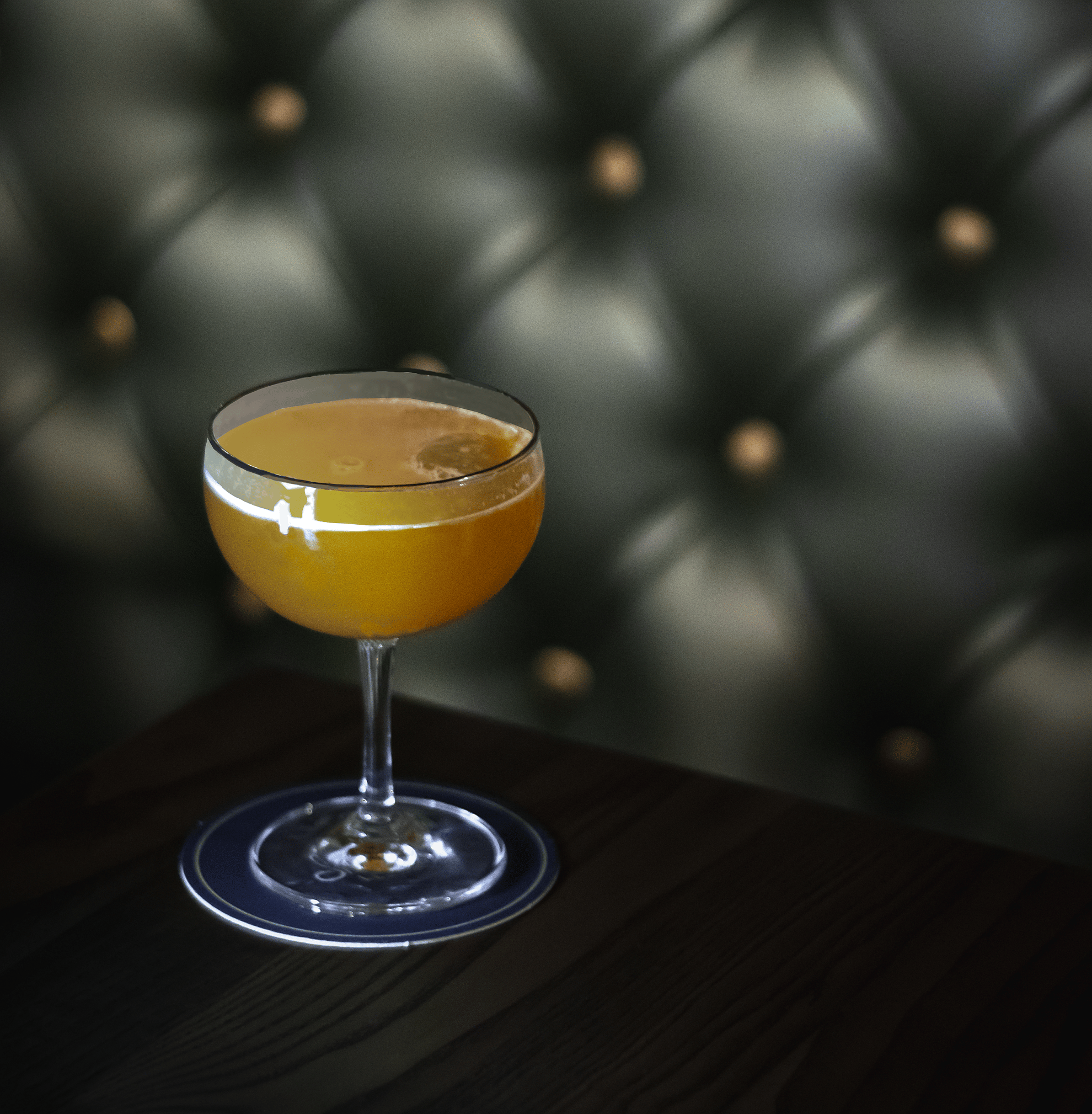
“I think rum is definitely still the first thing people think of as the main spirit in tiki,” Lotz says. However, “there are plenty of classics that mix gin, brandy, tequila and lots of other spirits into the mix, [and] I think that’s broadening even still. But I’m also excited by people starting to think of rum in a new light with the new wave of interest in tropical cocktails. It’s not always sugar-laden and hangover-inducing. There are so many high-quality rums, even domestically produced, that we’re excited to share with people.”
Aside from rum, “I love reaching for tequila and mezcal for mixing with tropical flavors,” Lotz says. “I find that the bigger, earthier flavors are a great counterpoint to the flavors of tropical fruits and citrus.” He points out that “tiki now is so many things, and I think it’s really up to the person enjoying the drink as to what that is for them…. Some days, any cocktail that makes you feel like you’re beachside” does the trick, but on others, “the only thing that fits that bill is for the environment to mirror that cocktail: the mug, the music, the lighting”—all of which are pitch-perfect at Shore Leave.
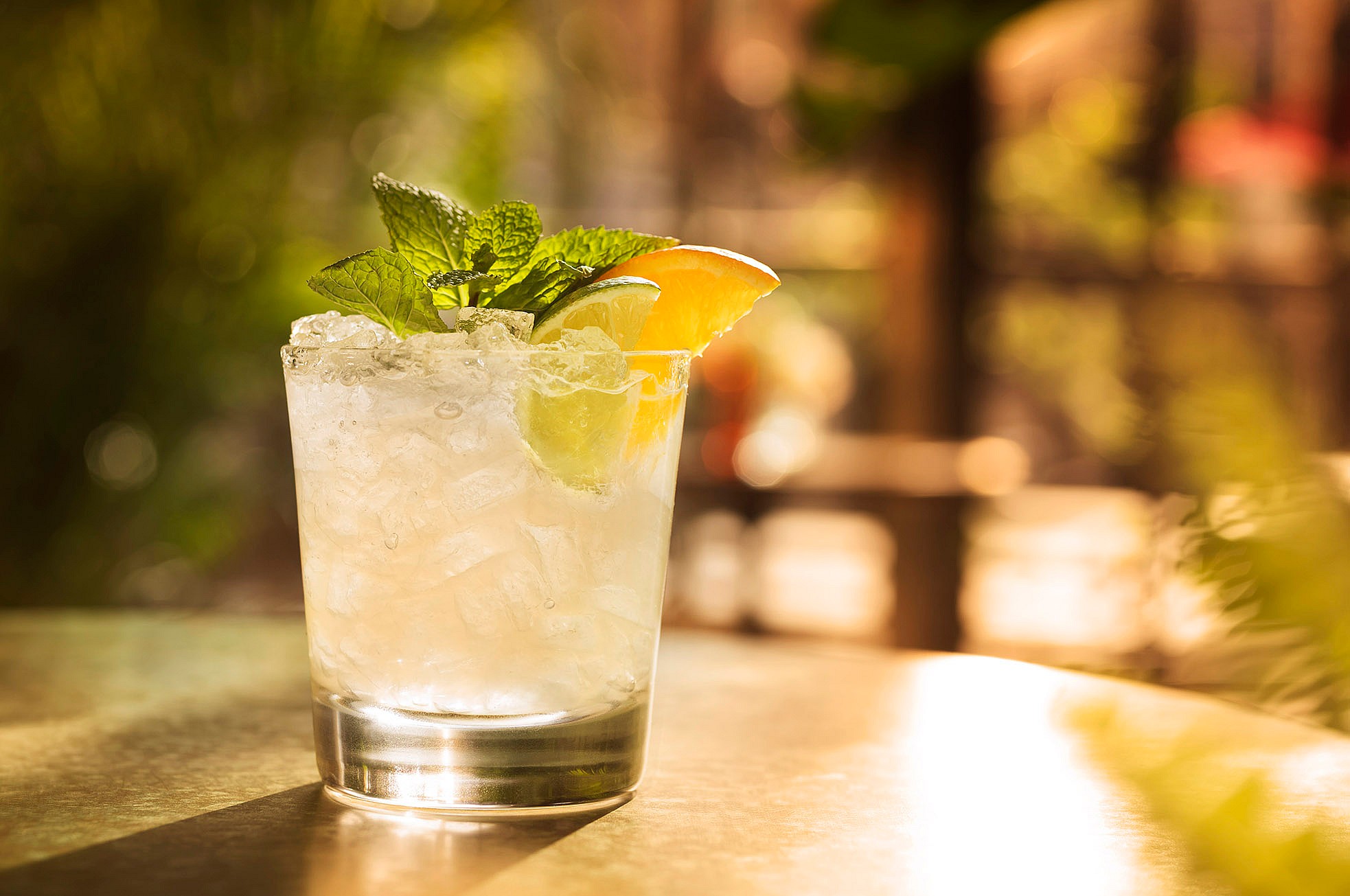
Lotz is partial to Privateer rum, distilled in Massachusetts, and selects individual barrels to use in drinks with evocative names such as Splice the Mainbrace. Other rum brands that frequently crop up on tiki bars’ top shelves include Flor de Caña from Nicaragua, Ron Zacapa from Guatemala, and the ever-expanding range of Añejo and Reserva rums from the legendary house of Bacardí. And if tequila is more your style, Maestro Dobel, the world’s first cristalino tequila—añejo, or aged, tequila that’s been filtered to remove the color—and unquestionably one of the finest tequilas available, is a solid choice.
“While we don’t know the exact recipes of some tiki cocktails, we do know that rum has been, and will be, a key player that inspired a plethora of the exotic cocktails that adorn tiki culture,” Bacardí brand ambassador Juan Coronado tells us. “Over the years, bartenders have gone to great lengths to recreate and modernize the tiki drink, bringing it into the 21st century—and Bacardí rum has been there every step of the way.”
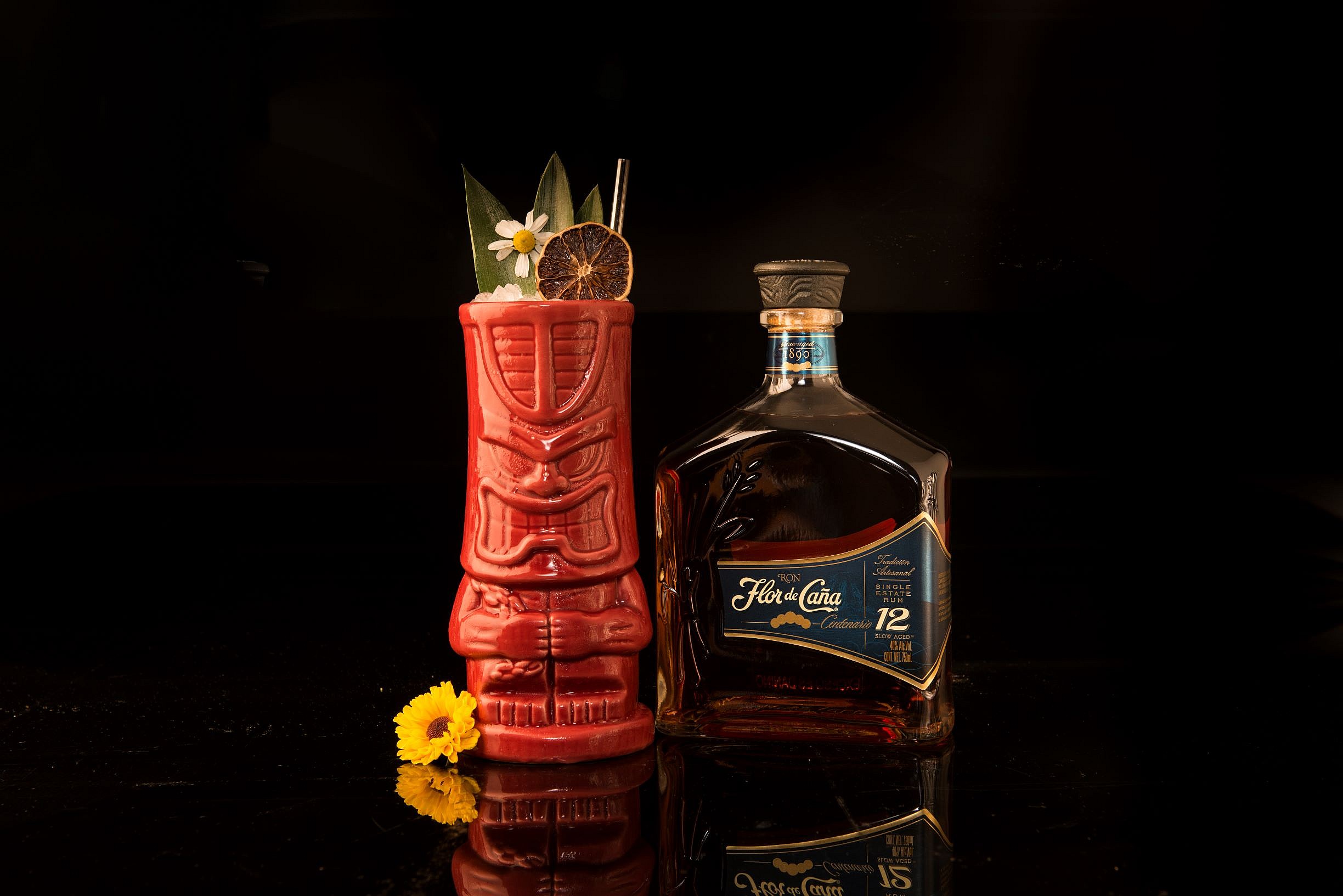
Today, he notes, “Bacardí plays an ever more sophisticated role as rum continues to ‘premiumize.’ Bacardí Añejo Cuatro and Bacardí Reserva Ocho in particular help to bring a beautiful and romanticized essence to tiki cocktails, while their rich and full-bodied notes elevate the classic drink. Bacardí Añejo Cuatro is typically my favorite because of its mixability—it’s a natural friend to island cocktails because it has notes of sweet apricot, vanilla and honey that enhance tropical fruit flavors instead of dominating them.”
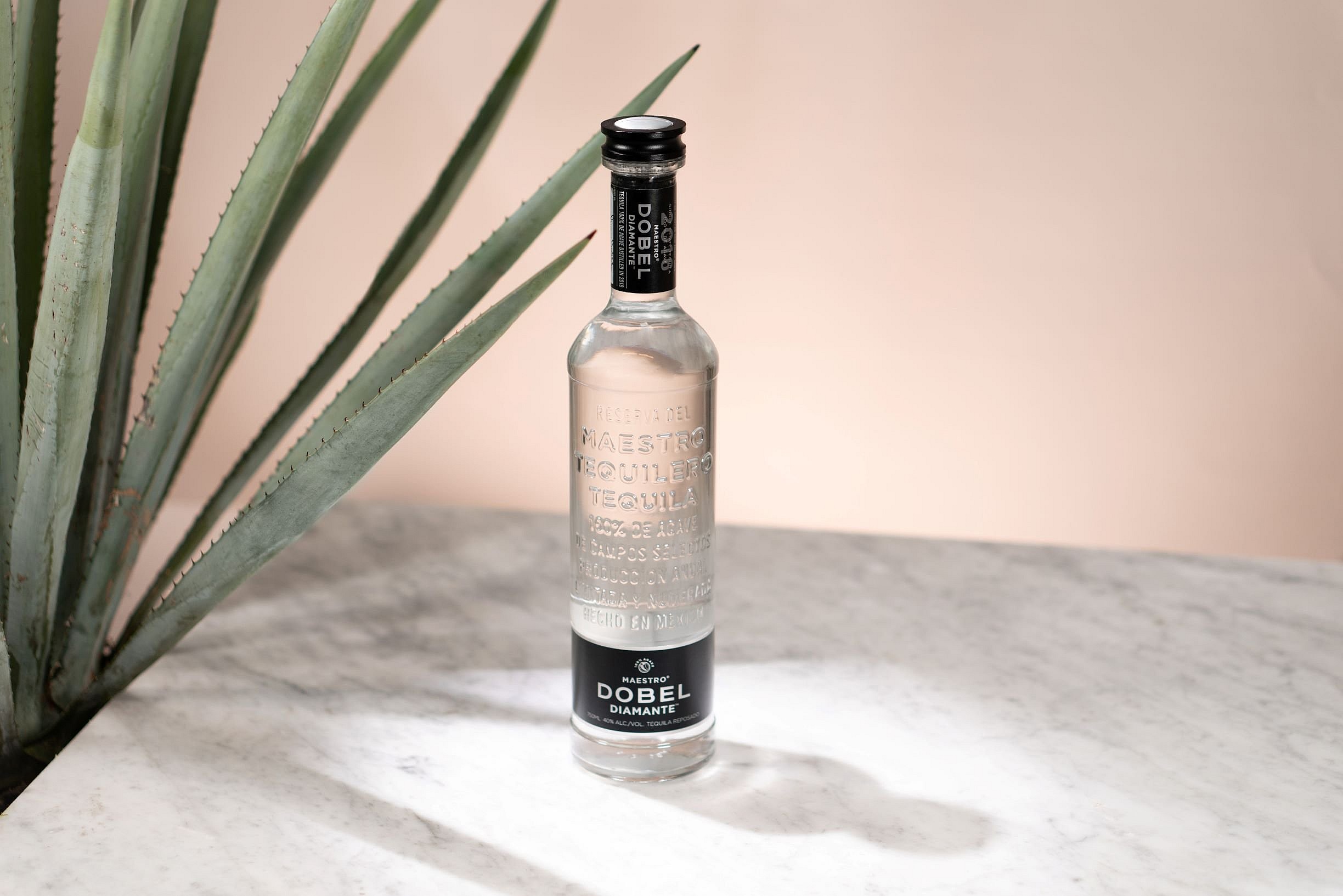
As for tequila, Maestro Dobel brand ambassador Roberto Rosa points out that the possibilities are endless. “While tiki cocktails have previously been attributed to rum—and lots of it!—there are some notable tequila tiki cocktails including the El Diablo, Vicious Virgin #2, and the Yellow Boxer,” he explains.
“In recent years the tiki cocktail scene has taken off and expanded its boundaries to other spirits, for a twist on the traditional drink. Maestro Dobel is the perfect tequila range for twists on tiki cocktails as the portfolio’s expressions tout a sweet mix of flavors, summoning caramel, honey and maple with nutty and vanilla notes, complementing the variety of ingredients featured in tropical drinks”. The maple, vanilla and cooked agave notes in Dobel Diamante in particular expand on the possibilities of rum in an inventive and delectable fashion.
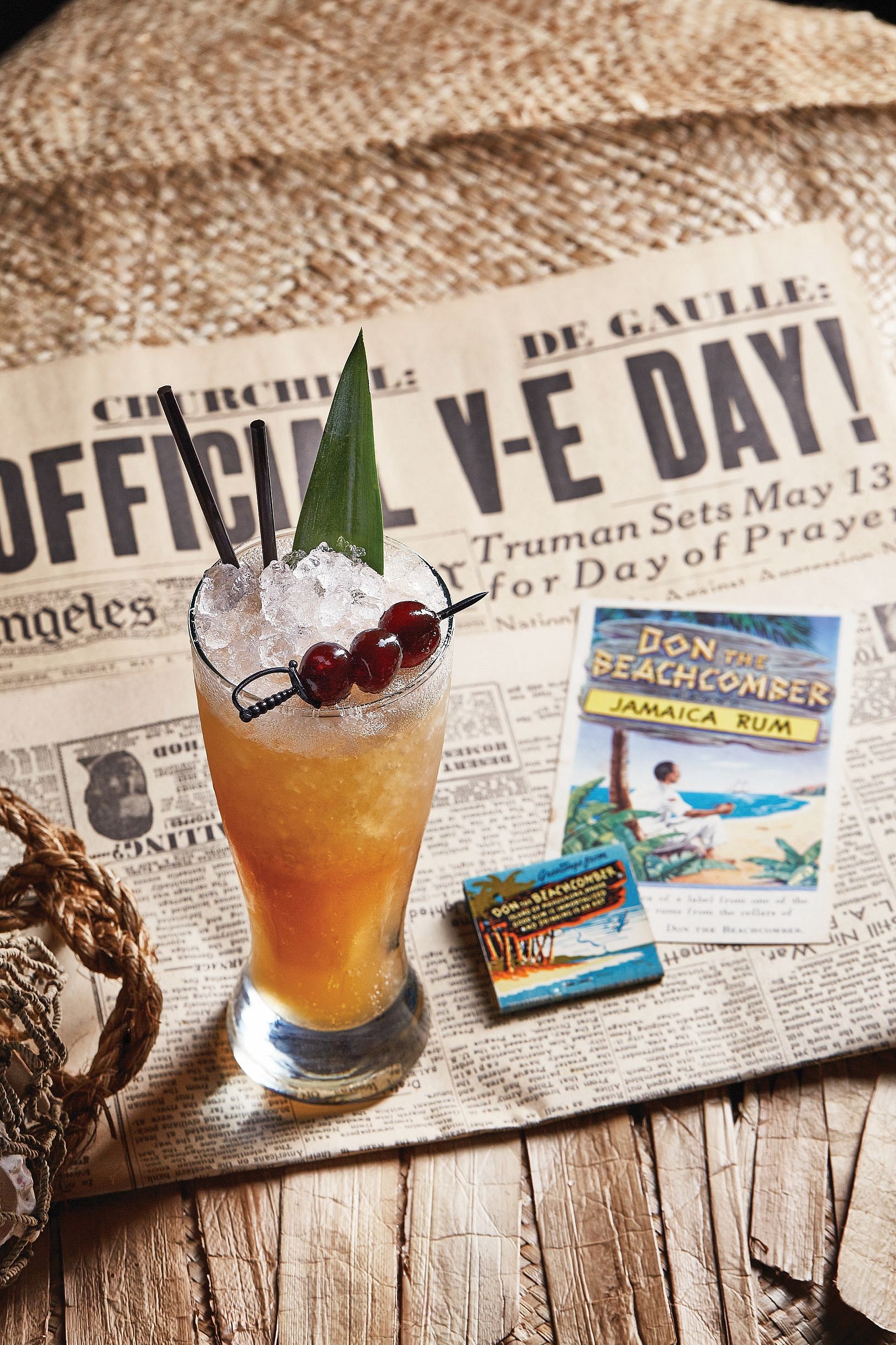
When all is said and done, no matter what your preference of spirit—and why be limited to just one?—“more than just exotic cocktails or a thatched roof, tiki is a lifestyle,” as Martin and Rebecca Cate of Smuggler’s Cove write. “No other cocktail craze is surrounded by an entire pop culture movement encompassing art, music, ceramics, fashion, and more.” Today, “the tiki revival in the United States is in full swing, and interest continues to grow at an astounding rate…. And the reason is simple—it is the same as what drew people to tiki in the first place: a sense of escape, of wonder, of mystery.” We’ll drink to that.
